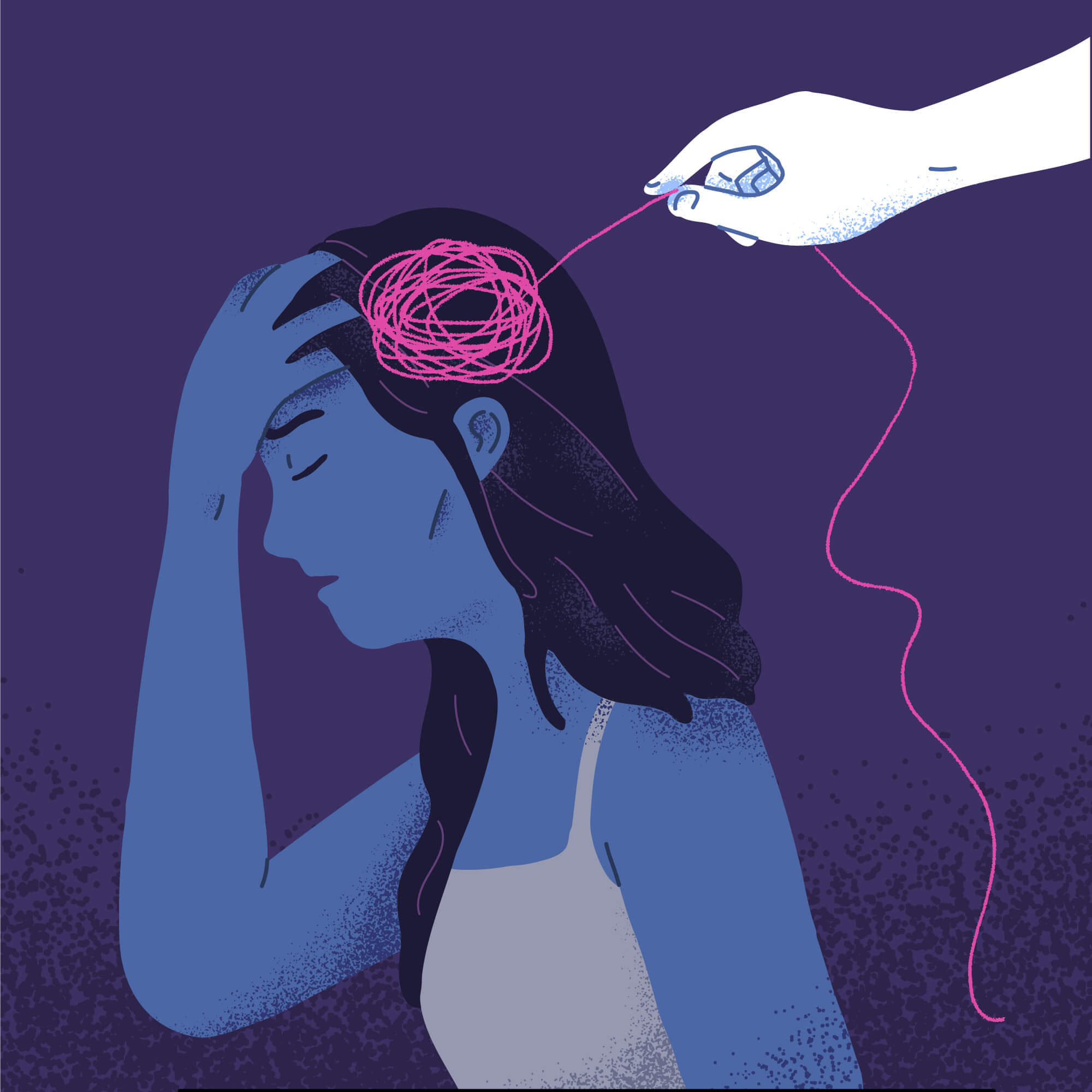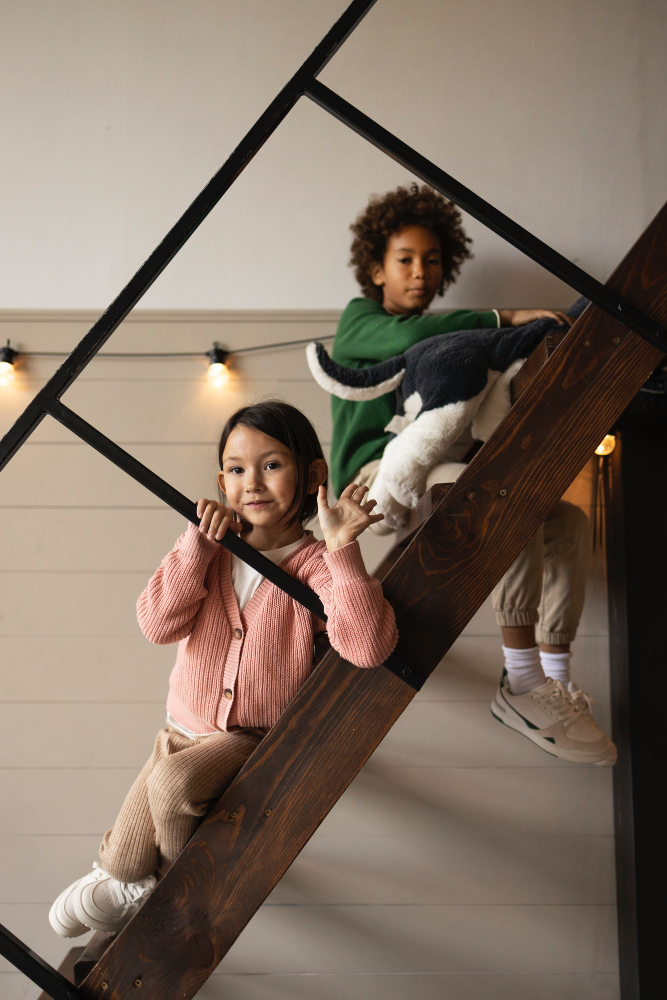Many families assume that the best way to support their child is to maintain routines that look like everyone else’s—vacations, family outings, ceremonies, special events, and new experiences—and that over time, with enough preparation and patience, their child will learn to tolerate or enjoy these things. When meltdowns occur, they are often seen as unpredictable, unfortunate, or something to power through. Parents feel caught between grieving the loss of ordinary life and hoping that next time will be better.
The truth: high-pressure environments can lead to disaster
PDA children often experience unfamiliar settings, new schedules, crowded spaces, and social pressure as existential threats. Their nervous systems react to even minor loss of control with panic, rage, or shutdown. Trying to impose normalcy can escalate dysregulation and place the child—and everyone around them—at risk. What begins as a hopeful adventure can end in elopement, aggression, deep shame, or emotional collapse. These experiences are not isolated incidents; they are the predictable result of environments that ignore nervous system realities. Change is a stress, even if it’s a party or expensive holiday.
For many autistic people, especially those who have endured years of coerced participation, travel becomes a symbol not of freedom or discovery but of sensory overwhelm, loss of control, and the slow, humiliating burn of masking in unfamiliar spaces with no clear exit.
There is a profound ableist assumption—steeped in both colonial wanderlust and new-age mantras about leaning into discomfort, such as those promoted in personal growth seminars or coaching cultures—that travel is inherently desirable, character-building, or even therapeutic, and that refusal to participate signals a failure of flexibility or courage rather than a deeply embodied act of boundary-setting and survival.
But for those whose early childhood experiences included being dragged through chaotic family trips, unregulated group excursions, or forced social events under the banner of inclusion, the trauma accumulates: the feeling of being exposed, unsupported, and emotionally abandoned while melting down in public becomes etched in the body, shaping future decisions long after the moment has passed. Memories of the torture of being in long hot car rides, tinned in with siblings, still make me feel nauseous!
Also, what schools often label as “successful integration” looks, in hindsight, like a pattern of sanctioned harm—presence without protection, participation without consent, inclusion without dignity. And so when autistic people reach a point of autonomy, many choose—rationally, wisely—to refuse travel an many social gatherings entirely, or to engage only when they can control every detail and escape when needed. This is not avoidance. It is reclamation. It is the nervous system’s insistence on safety, and the soul’s quiet refusal to be shattered again.
The practice: design for success, not social acceptance
To truly support a PDA child, caregivers must shift from asking, “How can we participate like others?” to asking, “What does success look like for our unique family, in this moment, with these capacities?” That means declining invitations when dysregulation is high. It means structuring required travel around predictability and downtime. It means prioritising emotional safety over appearances. It means reducing the number of things that can go wrong.
Planning to succeed means creating conditions that make success possible. If an outing would be emotionally catastrophic unless everything goes perfectly, the problem is the outing. Build margins. Build escape plans. Keep outings short. Ask for accommodations before they’re needed. Choose events your child wants to attend, not ones you want to go to or feel obligated to attend.
And most of all, don’t plan anything where you won’t be able to handle it if it is cancelled in advance or cancelled short. Because that is just ignoring reality and planning for a rupture.
Many caregivers fall into the trap of trying to massage every detail of an upcoming trip into perfection because they have survived previous chaos by controlling every variable. This coping strategy, often born from necessity, begins to feel like a kind of sacred effort: a test of love, of determination, of parental worth. But examine the stories you are telling yourself! In chasing flawless execution, the emotional cost escalates. Stakes become so high that the child feels it too—especially PDA children, who sense pressure with laser precision—and even the most well-intentioned itinerary becomes a crucible. No amount of sensory tools or pre-planning can redeem an outing that should never have been forced. When caregivers stop trying to do the impossible better, and instead ask whether the goal itself is necessary, something shifts. You begin to design a life around dignity, not meeting expectations. You make peace with saying no before anyone breaks.
Why it works
Designing for success preserves trust. It shows your child that you believe their needs are real, that you want them to feel safe, and that you are willing to shape the environment rather than reshape them. It reduces the likelihood of trauma, humiliation, or deep sibling resentment. It creates space for joy—not performative joy, but real moments of shared delight that emerge when everyone feels safe and seen.
When families plan around reality, they give themselves room to grow. One successful outing does not mean supports can be removed. One hard day does not mean progress is lost. Trust deepens when children learn that their good days won’t be punished with rising expectations, and their hard days won’t be used as proof that they are broken. The goal is not to prove a child can do what others do. The goal is to build a life where everyone can thrive.
If you’re the parent
Caregiver grief lives in the shadows of this refusal too—in the ashes of birthday party plans, in the quiet longing for a vacation that does not end in exhaustion or public collapse, in the dream of laying poolside with a paperback while children play safely within earshot.
These are not selfish fantasies; they are human ones, shaped by a culture that promises a certain kind of family ease and rarely prepares us for the ways disability will reconfigure those blueprints. And while it is crucial to name the ableist expectations that drive much of this grief—the entitlement to ease, to participation, to emotional reciprocity on neurotypical terms—it is equally crucial to make space for the mourning itself, which is real, and raw, and disorienting. The danger comes not from the grief, but from what we do with it—whether we let it harden into resentment, or metabolise it into something that clears a path for love.
Many of us arrive at this wisdom the hard way. I spent too many nights curled around a bottle of wine, weeping into my pillow, trying to figure out what had gone wrong—believing that if I just got the accommodations right, if I just researched a little more or adjusted the itinerary with enough foresight and love, we could still have the experience I had hoped for. But I kept forgetting to factor in my own nervous system, my own fragility, my own need for safety and regulation after weeks of planning and caregiving.
And in expending all that perfectionist effort—trying to anticipate every trigger, smooth every edge, and make the impossible somehow doable—I made the stakes so high that success became suffocating, and my PDA child, exquisitely attuned to pressure masked as optimism, spiralled in response. What began as hope often ended in collapse—for both of us. It took real time, and real grief, to realise that the cost of holding everything together sometimes outweighs the imagined joy of the thing itself. There is no shame in pausing before you pour yourself into another attempt. Sometimes success means choosing stillness instead of strategy.
Many parents, especially those raised on performance, struggle to accept that connection may look like boredom beside a child immersed in a comfort activity, or like sitting in silence beside a closed bedroom door. But connection, when we choose to see it clearly, often grows in those still, dim places—after the party is cancelled, after the trip is called off, after we grieve what we imagined and turn towards plans that can optimise our lives instead.
Pause before saying yes to that event. Picture the worst-case scenario and ask yourself if you could manage it with grace. Build your plans around what your child needs, not what others expect. Let go of the image of the normal vacation or the perfect family gathering. Focus on what preserves your connection, what reduces shame, and what makes your child feel like their needs matter. And when things go wrong—because sometimes they will—repair quickly and completely. Tell them it was your job to keep them safe, and you’ll try differently next time.
If you’re the teacher or support worker
Help families set realistic expectations. Validate their grief without indulging magical thinking. Share strategies that reduce unpredictability and increase agency. If you’re involved in planning school field trips or transitions, keep things simple and child-led. Always have a backup plan. Never treat collapse as failure; treat it as data. When you help families resist that shame, you become part of their healing—not their harm.
Final reflection
You are not failing by saying no to chaos. You are not over-accommodating by declining invitations that feel too big to bear. You are building a life where success is possible, not a performance. Plan for joy, not survival. Plan to succeed—on purpose, with love, and without apology.
-
The unseen wounds of advocacy: caregiver burnout, moral injury, and embodied grief
Caregiver burnout in BC schools reflects moral injury and systemic betrayal, as mothers fight exclusion and harm while advocating for disabled children.












